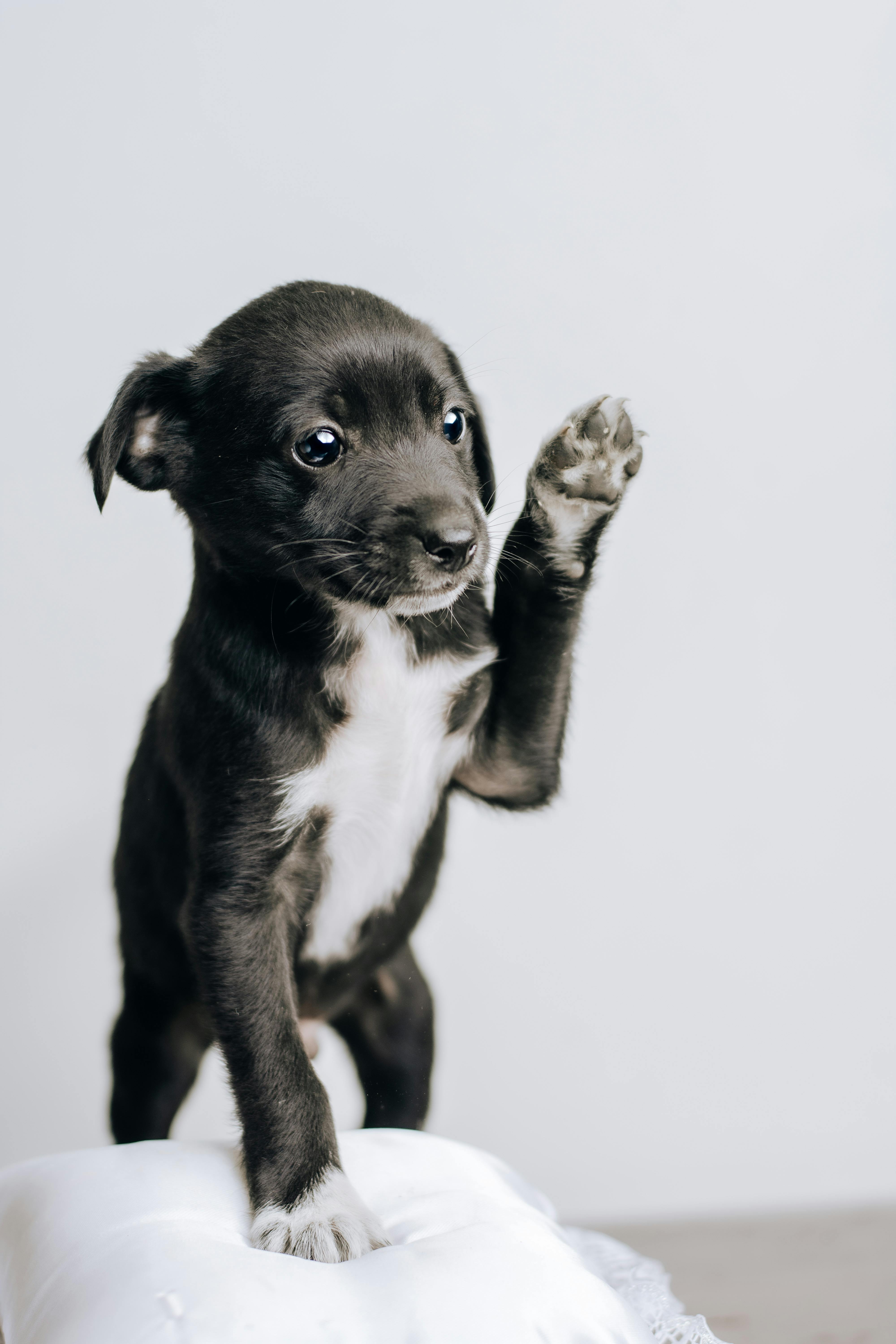Mastering the Art of Truffle Dog Training
Training a dog to find truffles is both an art and a science. With truffles gaining value in the culinary world, truffle dog training is more relevant than ever. This guide explores essential strategies, actionable techniques, and advanced methods to help your dog become a successful truffle hunter.

Understanding the Fundamentals
Truffle dog training begins with scent work, which taps into a dog’s natural olfactory abilities. Dogs have up to 300 million scent receptors, making them perfect candidates for this task. The goal is to harness this natural instinct and direct it toward truffle-specific aromas.
Understanding the fundamentals ensures consistency and long-term success. Like any skill, foundational training builds the confidence and discipline your dog needs for more advanced techniques later on.
1.1 Scent Recognition and Conditioning
Scent conditioning involves introducing your dog to the smell of truffles in a positive, controlled environment. Truffle oil or real truffles are often used as initial scent samples. Repetition and positive reinforcement are key here.
Many handlers use rewards like treats or toys to encourage correct behavior. The biggest misconception is that any dog can learn this overnight—effective truffle dog training takes weeks or even months of patient, consistent effort.
1.2 Choosing the Right Dog for the Job
Not all dogs are suited for truffle detection. Breeds like Lagotto Romagnolo, Springer Spaniels, and Poodles are popular due to their strong sense of smell and eagerness to work. However, mixed breeds with the right temperament can also excel.
The best truffle dogs are alert, focused, and highly trainable. Matching a dog’s personality with the task significantly increases success rates in truffle dog training programs.
Practical Implementation Guide
Now that you understand the foundation, it’s time to bring these principles to life. Implementing truffle dog training successfully requires structure, consistency, and the right environment.

2.1 Actionable Steps
- Introduce Scent: Start by letting your dog smell real truffle or truffle oil on a cloth or toy. Pair this with immediate rewards.
- Practice Indoors: Hide the scented item in easy-to-find places. Let your dog search and reward successful finds enthusiastically.
- Move Outdoors: Transition to outdoor environments, burying the scent object slightly to simulate real hunting conditions. Increase difficulty over time.
2.2 Overcoming Challenges
Common obstacles include lack of focus, environmental distractions, and misidentifying scents. To mitigate these:
- Train in low-distraction areas before advancing.
- Ensure short, engaging sessions to maintain interest.
- Gradually increase difficulty to avoid frustration.
Look out for signs of stress like yawning or walking away. Adjust training accordingly and always end sessions on a positive note. Expert truffle dog training requires patience and adaptability.
Advanced Applications
Once your dog consistently finds hidden truffle scents, it’s time to progress to more advanced applications. These techniques are designed for real-world truffle hunting in diverse terrains and climates.

3.1 Off-Leash Precision and Terrain Adaptability
Off-leash control is vital for working in dense woods or large fields. Dogs must respond to silent hand signals or subtle cues to avoid disturbing fragile ecosystems or damaging truffles. GPS collars can be useful tools for monitoring range and behavior.
Advanced training includes scent differentiation exercises and navigating steep or damp terrain. Performance metrics such as find rate and time-to-target help measure progress and fine-tune your approach.
3.2 Seasonal Strategy and Cross-Training
Integrating truffle dog training with seasonal patterns boosts success rates. For example, in winter months when truffles are more prevalent, focus on early morning hunts when scent travels best.
Dogs trained in both truffle and other scent-based tasks (e.g., medical detection or search-and-rescue) develop better generalization skills and stronger handler bonds. This cross-training increases versatility and engagement.
Health and Wellness Considerations
Maintaining your dog’s health is critical to long-term truffle hunting success. A strong, fit dog is better equipped to handle the physical and mental demands of the job.
Include regular vet checkups, balanced nutrition, and plenty of rest between training sessions. Foot care is especially important if your dog works in rough or cold environments.
4.1 Mental Stimulation and Enrichment
Truffle dog training is mentally demanding. Include puzzle games and scent-based toys during downtime to keep your dog sharp. This also reduces behavioral issues caused by boredom.
Rotate training routines to prevent burnout. Dogs thrive when they feel challenged and rewarded consistently.
4.2 Hydration and Endurance Management
Carry water and cooling gear on extended searches. Dogs overheat quickly, especially when excited or stressed. Monitor for signs of fatigue like heavy panting or slowing down.
Build endurance gradually. Start with short sessions and increase over time as your dog adapts to the rigors of truffle dog training in real environments.
Future Outlook
As truffle demand continues to grow, so does interest in innovative dog training techniques. Expect to see more use of AI scent analysis and real-time tracking tools to support human-dog teams in the field.
Staying informed on new tools, truffle locations, and breeding programs will ensure your training remains relevant. Joining training networks or local clubs can also provide continued education and collaboration opportunities.
Conclusion
In summary, effective truffle dog training includes strong scent conditioning, breed-appropriate strategies, and real-world simulations. Dogs and handlers must work as a cohesive unit, adapting to different environments and scent profiles.
If you’re serious about training a truffle dog, start small, be consistent, and always prioritize your dog’s well-being. With time and dedication, you can turn a curious canine into a skilled truffle-hunting companion.
Frequently Asked Questions
- Q: What is truffle dog training? Truffle dog training is the process of teaching dogs to locate truffles underground using scent detection and reward-based conditioning.
- Q: How do I start training my dog for truffles? Begin with introducing the truffle scent at home using oils or real truffles, then progress to outdoor search games with buried scent targets.
- Q: How long does it take to train a truffle dog? Most dogs require 3–6 months of consistent training to become reliable truffle finders, depending on breed, age, and prior training experience.
- Q: Is truffle dog training expensive? Costs can range from $200 to $1,500 for professional training or materials like truffles, oils, and training tools. DIY methods can be more affordable.
- Q: How does truffle dog training compare to using pigs? Dogs are easier to manage, less destructive to truffle beds, and more socially adaptable than pigs traditionally used in Europe.
- Q: Is truffle dog training difficult? It requires patience, repetition, and basic obedience skills. However, with the right methods, most dogs can learn successfully.
- Q: Can truffle dogs work in all climates? While some adjustments are needed, many truffle dogs can operate effectively in varying climates with proper acclimatization and gear.
